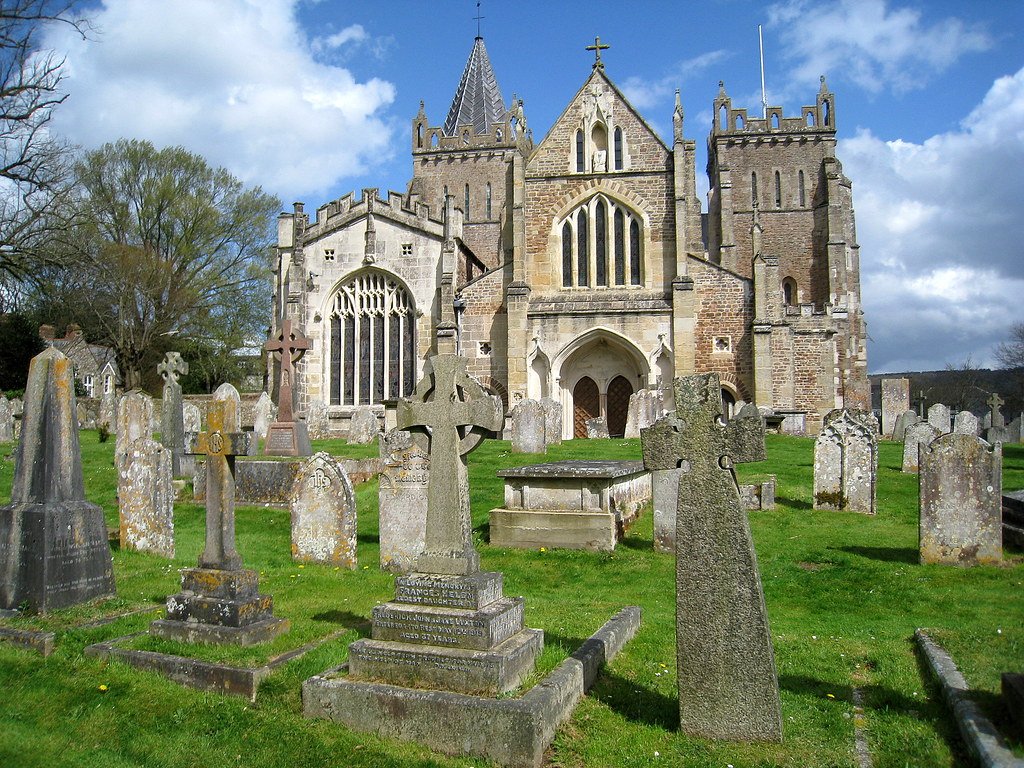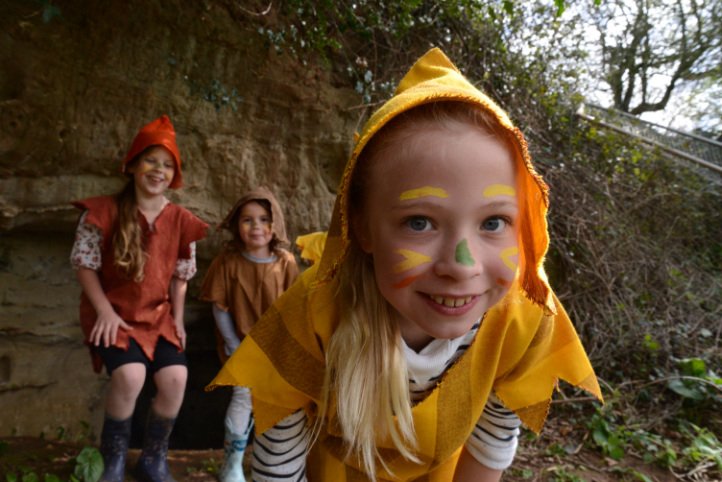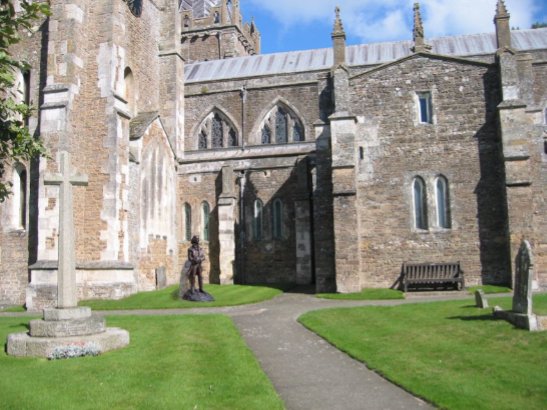
Samuel Taylor Coleridge was born in 1772 in Ottery St Mary: the churchyard and river area were his playground and the source and inspiration of much of his poetry.
He returned to Ottery as a young man aged 21, and later wrote a sonnet To the River Otter, addressing it as a friend. He recalls how he skimmed stones and watched the colours of the river bed that “gleamed through thy bright transparence”. This created “visions of childhood” that pre-echo the dream vision of Kubla Khan.
The river, however, was also the scene of a traumatic and formative experience for the poet. Aged 7, he was caught by his mother brandishing a knife at a bullying elder brother. In fear of a beating, he ran away to one of his favourite hideaways near Cadhay Bridge where he was found next day, having narrowly escaped falling into the water. He later recalled to a friend when in North Somerset how alone he felt at night with the earth spirits all around him, full of guilt for his murderous feelings towards his brother and for the grief of his mother. The experience foreshadows that of the ancient mariner, plagued by feelings of guilt and sorrow, “all, all alone”, “water, water everywhere”, but returning later to the “kirk” of his “own countree”, having felt “like one that hath been seven days drowned”.

In Ottery in 1793, he escorted a party of young ladies to Pixies’ Parlour, a favourite spot for the young Sam who had carved his initials in the rock of the cave. Songs of the Pixies evokes the spirits of natural magic that are also the forces of the imagination:
“Fancy's children, here we dwell Welcome, Ladies, to our cell... Where fades the Moon to shadowy-pale And scuds the cloud before the gale, Ere the Morn, all gem-bedight, Hath streaked the East with rosy light, We sip the furze-flower's rosy dews Clad in robes of rainbow hues...”
This leads later to the poet’s belief in a living presence in Nature and to Kubla Khan, an archetypal dream vision created by imagery and musical incantation.
The Churchyard was the child-poet’s magic playground and it is here that the Coleridge Memorial Trust hopes to place its commissioned sculpture. Opposite the church is where he first “sprang to light”. In Frost at Midnight (1798), he recalls his time at school in London where he had been sent after the death of his father. He remembers how
“oft With unclosed lids, already I had dreamt Of my sweet birthplace, and the old church tower, Whose bells, the poor man's only music, rang, From morn to evening, all the hot Fair-Day, So sweetly, that they stirred and haunted me With a wild pleasure, falling on my ear Most like articulate sounds of things to come!”

Coleridge was a great walker and preferred to compose while walking; he described his own gait as one that indicated “indolence capable of energies”.
The route of the walk:
Park at The Land of Canaan car park (free on Sunday). Enter the park to the south and follow the Poetry Stones, while chanting Kubla Khan. Cross the first bridge ahead and turn immediately left, keeping left past the Tumbling Weir on your left, then veer right on the path to the main road and main-road bridge. Cross carefully at the middle of the bridge to the river path ahead and on to the steel bridge (Sonnet to the River Otter*). Follow the path opposite to the corner of the field and then the path through the copse (it may be muddy) to the gate showing the Coleridge Link sign. Take the path to the right uphill to a gate with the Coleridge Link sign and turn right, taking care down to Pixies’ Parlour (Songs of the Pixies*). Return downhill on the same path towards the town and cross a plank bridge, then up to the road to a housing estate – after about 100 yards ascend the steps on your left up to Winters Lane and then down into Mill Street. Turn right onto Broad Street and turn left in the town centre and up Silver Street to St Mary’s Churchyard to a grass triangle directly ahead next to the church where the 250th year celebratory sculpture of Coleridge is to be sited (Frost at Midnight*).
*You can download audio versions of the poems from the Poetry Archive.
With acknowledgments and thanks to Peter Nasmyth, author of Literature and Landscape in East Devon, and to the Coleridge Memorial Trust





